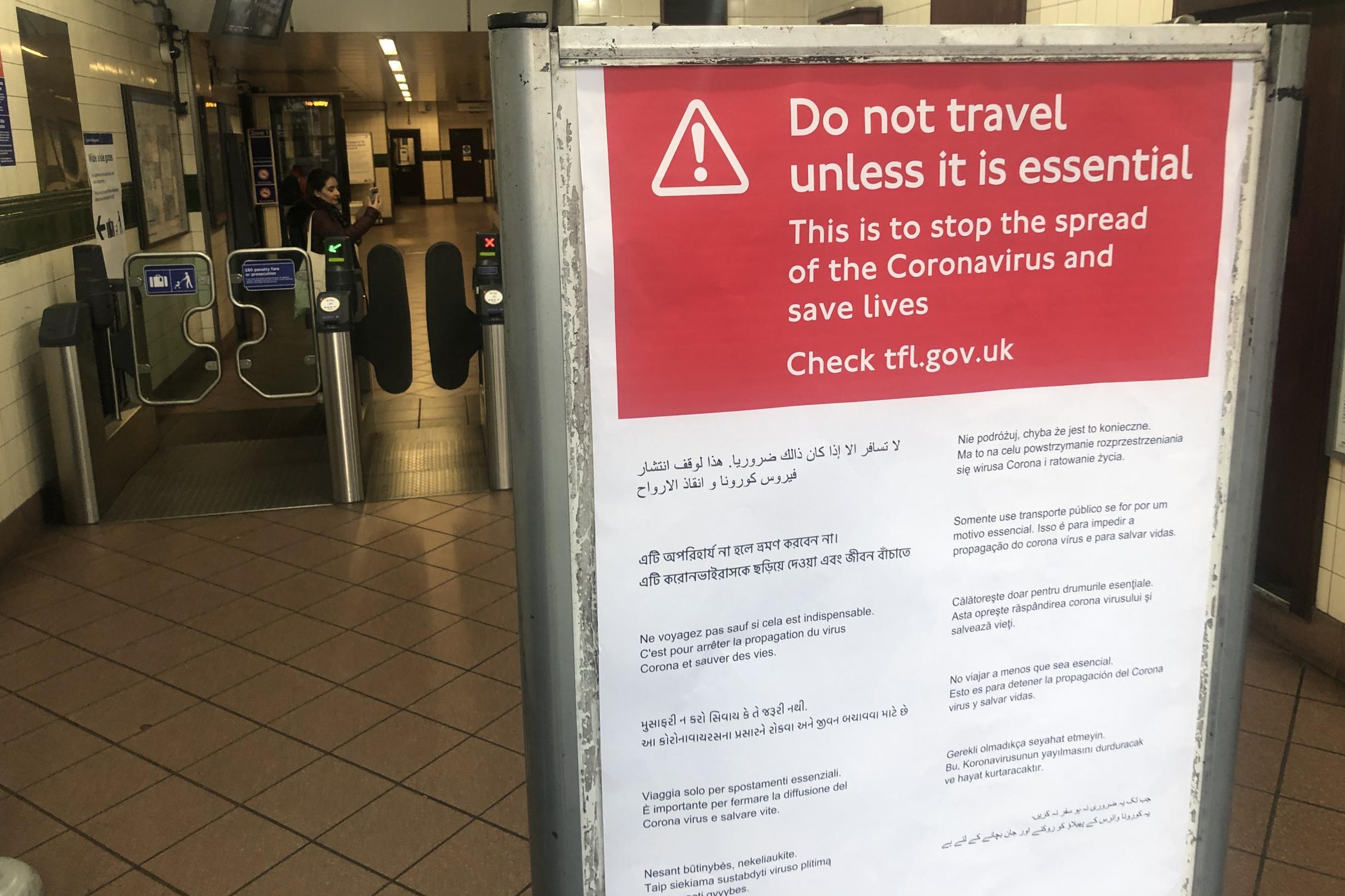How to avoid the Tube in London
Simon Calder on the alternative ways to get around


Until the world turned strange in 2020, one of the shining glories of London was the Underground: not just the world’s first subterranean railway network, but also the most extensive.
While the term “the Tube” strictly applies only to the deeper, narrower lines, from the Northern to the Jubilee, it is colloquially used to describe the whole mighty network.
The ultimate tribute was paid in diaries, which older readers may recall were popular in the 20th century. From Penzance to Thurso, anyone who bought a diary for the year ahead could find Harry Beck’s cartographical miracle printed inside.
With the greatest schematic map ever conceived, highlighting the system’s sophisticated interchanges, 2 million commuters, students, shoppers and tourists navigate around the capital smoothly and swiftly every day.
At least that used to be the case.
Currently, only key workers should be using the system.
When the lockdown is finally lifted, a strong likelihood is that many residents, commuters and visitors will be fearful of using the Underground because of its tendency to compress many people into a constricted space.
Fortunately, for many travellers in London, the Tube is optional.
The most obvious alternative is to walk – giving other pedestrians as wide a berth as sometimes narrow streets and pavements allow.
Harry Beck’s schematic masterpiece is much more useful than a geographically correct map, but it sometimes creates strong distortions.
Holborn to Temple, for example, looks a long and complex journey – but in fact involves only a 10-minute stroll through central London. Great Portland Street to Regent’s Park is just two minutes’ walk, and while the Underground map makes an onward journey to Camden Town look daunting, it is actually a half-hour joy to breeze northwards through the park.
Santander Cycles provide a solution for longer expeditions. This ”rent it here, leave it there” scheme began a decade ago, and is proving extremely popular. Occasional users need to use a credit card: £2 buys unlimited use of these distinctive bikes for 24 hours, so long as no single journey lasts longer than half-an-hour. Any longer, and you start racking up a £2 charge for every additional 30 minutes.
For a long journey, after 25 minutes, start looking for a Santander station to drop off the bike, then wait five minutes – or walk to the next stop – to resume the trip.
There are plenty of stations in most of central London (though with an annoying shortage in the City), but beyond Zone One on the Tube they become steadily more scarce as the distance from the centre increases. I am not aware of any stations in Zone Three.
What if you are not inclined or able to self-power?
London’s bus network is much more comprehensive than other big cities, though you will need to be flexible with timing: in normal times, heavy traffic plays havoc with schedules. And as with the Tube, keeping a distance from other passengers may prove difficult.
If you simply don’t like the idea of going below ground to travel, London’s rail network can help, with lines such as London Bridge to Charing Cross and Elephant & Castle to Blackfriars happily delivering great views.
And the Overground, run by Transport for London, now encircles the capital. Only a brief section is beneath the surface, through a tunnel beneath the Thames created by Brunel in 1843 – so old, that it predates the Underground.
Join our commenting forum
Join thought-provoking conversations, follow other Independent readers and see their replies
Comments